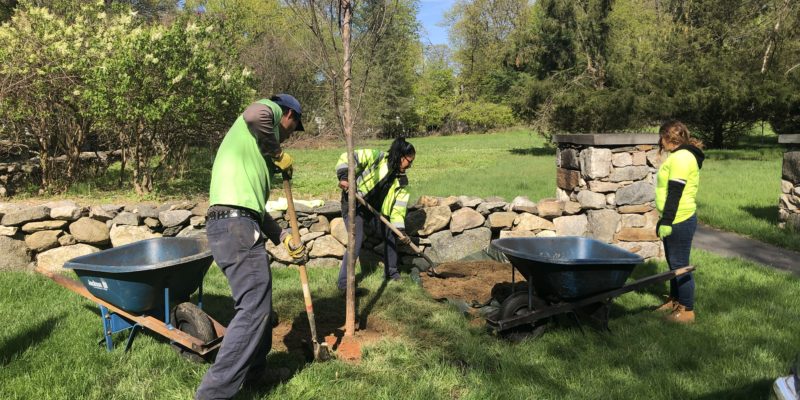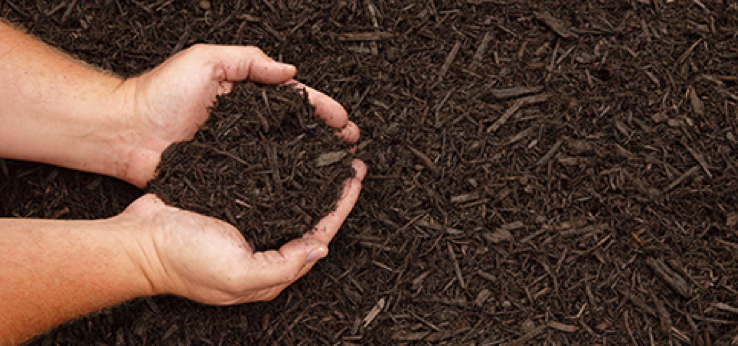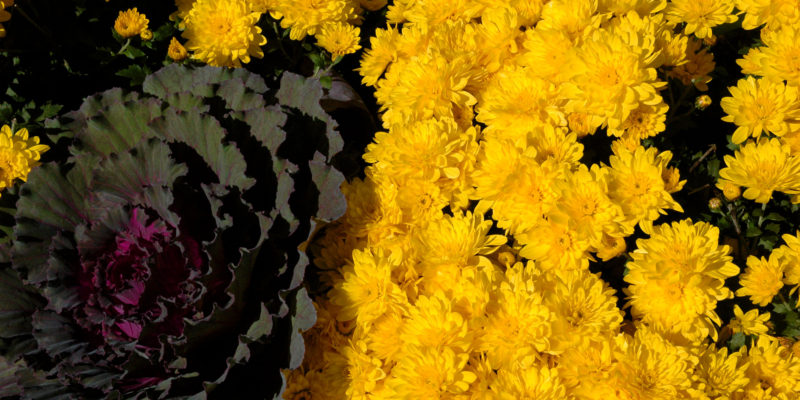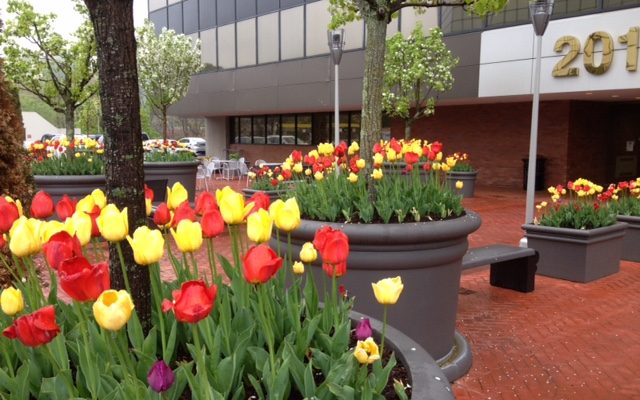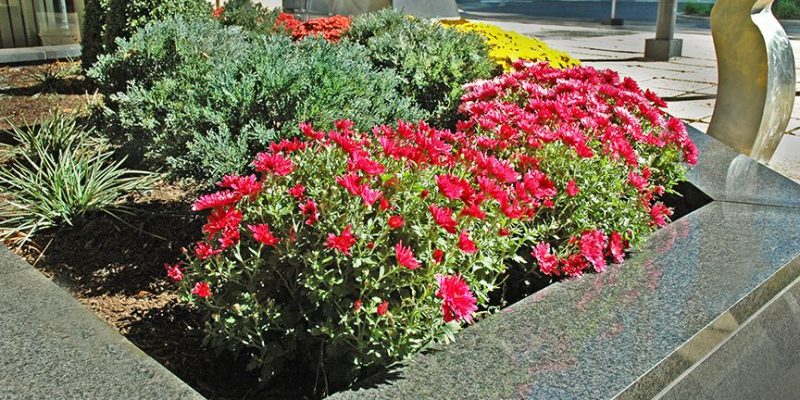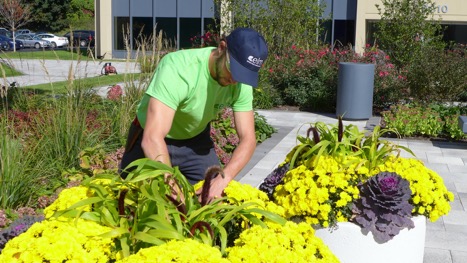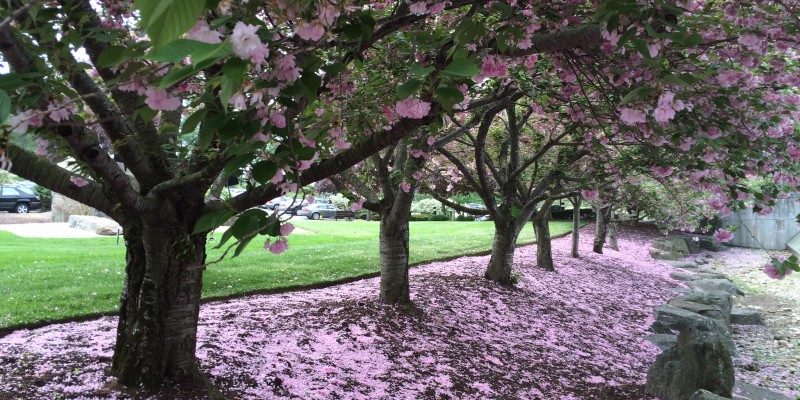There has never been a better time to plant more trees. With CO2 concentrations increased over the last century by half, trees are an easy, cost-effective and natural way to bring CO2 percentages down. In fact, trees are the single most powerful weapon in the landscape tool kit as a means to improve the overall health of the urban environment.
Every day, ELM practices sound best tree care management practices to improve the quality of life, reduce pollution, lower energy costs, improve the appearance of commercial and community landscapes, and increase the value of commercial and institutional real estate properties.
Tree facts:
- Trees are natural carbon eaters. A single tree can absorb CO2 at a rate of 48 lbs. per year.
- Trees are natural pollution fighters, filtering harmful particulates, such as dust, pollen, smoke from the air, through their leaves.
- Trees are energy savers, lowering peak temperature by transpiring water and shading surfaces.
- Trees reduce surface water runoff from storms, thus decreasing soil erosion and the accumulation of sediments and potentially harmful chemicals in streams.
- An acre of trees absorbs enough CO2 over one year to equal the amount produced by driving a care 26,000 miles.
- Trees provide forage and habitats for wildlife.
- Trees recharge groundwater and sustain water stream flow.
- One large tree strategically placed on a site can replace 10 room size air conditioners operating 20 hours per day.
- Fallen tree leaves can reduce soil temperatures and soil moisture loss; decaying leaves promotes soil microorganism and provide nutrients for tree growth.
- The carbon footprints of 18 average Americans can be neutralized by one acre of hardwood trees.
Want more good reasons why healthy trees and landscapes are a solid return on your investment? Contact Bruce Moore Jr., ELM president at 203-316-5433.

